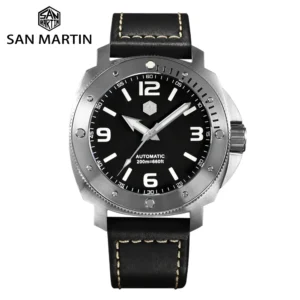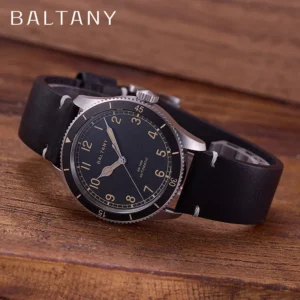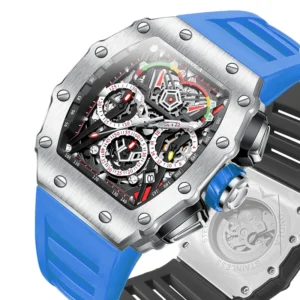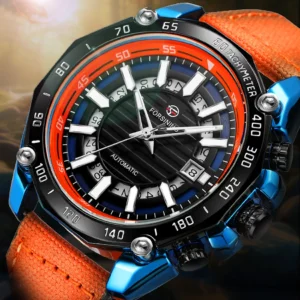Understanding Automatic Movement in Tactical Contexts
When discussing “automatic movement” in tactical contexts, we’re actually referring to two distinct but equally important concepts. First, there are self-winding mechanical watch movements that harness the wearer’s natural motion to power the timepiece. Second, there are autonomous systems used in military and security operations that move and function with varying degrees of independence.
Both interpretations share core values essential for tactical applications:
• Operational reliability – functioning without external power sources
• Precision performance – delivering accurate results when it matters most
• Tactical advantage – providing capabilities that manual alternatives cannot match
The significance of these technologies in tactical environments cannot be overstated. Whether it’s a special operations team relying on their tactical elements in automatic watches during a mission or a security force deploying autonomous systems for reconnaissance, both represent solutions to critical field challenges.
What makes these technologies particularly valuable is their ability to function independently of external infrastructure—a crucial advantage in unpredictable tactical situations where standard electronic devices might fail or become compromised.
Self-Winding Watch Movements: Tactical Advantages Beyond Timekeeping
Automatic watch movements represent a remarkable feat of mechanical engineering that offers distinct tactical benefits. Unlike quartz watches that depend on batteries, automatic watches harness kinetic energy from the wearer’s movements through a weighted rotor that winds the mainspring, storing energy to power the watch.
Operational Independence
The most significant tactical advantage of automatic watches is their complete independence from external power sources. Without batteries to deplete or charging ports to access, these timepieces provide:
• Continuous operation in remote locations where battery replacement is impossible
• Freedom from power-related vulnerabilities during extended missions
• Elimination of battery disposal challenges that could reveal position
Environmental Resilience
High-quality automatic watches with tactical features are engineered to withstand extreme conditions that would disable electronic alternatives:
• Temperature tolerance ranging from arctic (-40°F/-40°C) to desert (140°F/60°C) conditions
• Resistance to humidity and precipitation without compromising functionality
• Ability to withstand significant pressure variations, from deep underwater operations to high-altitude deployments
Electromagnetic Immunity
In an age of electronic warfare, automatic watches offer a critical advantage: complete immunity to electromagnetic pulses (EMPs) and signal jamming. This provides:
• Continued functionality in environments with electronic countermeasures
• Protection from electromagnetic interference that would disable electronic devices
• Immunity to digital tracking or hacking attempts
Stealth Benefits
The mechanical nature of automatic watches contributes to operational security in several ways:
• Zero electronic emissions that could be detected by opposition forces
• No light-emitting displays that compromise night vision or reveal position
• Silent operation compared to the alerts and notifications of electronic alternatives
For tactical operators who must maintain perfect timing coordination while minimizing electronic signatures, these advantages make automatic watches not just accessories, but essential equipment.
Performance Under Pressure: Why Tactical Operators Choose Automatic Watches
In high-stakes tactical situations, equipment reliability directly impacts mission success and operator safety. Automatic watches have earned their place on the wrists of tactical professionals through proven performance in challenging conditions.
Critical Timing Scenarios
Many tactical operations depend on precise timing coordination:
• Synchronized team movements during coordinated operations
• Accurate timing for navigation calculations when GPS is unavailable
• Timing explosive charges or diversionary tactics to the second
• Tracking immersion times during underwater operations
In these scenarios, having a timepiece that continues functioning regardless of external factors becomes mission-critical. Field-tested automatic watch designs have repeatedly demonstrated their value when electronic alternatives have failed.
Psychological Advantage
The psychological comfort of having a reliable mechanical timepiece cannot be underestimated. Operators in stressful situations benefit from:
• Confidence that their timing device will function without fail
• Reduced cognitive load from not worrying about battery status
• The reassuring precision of a well-crafted mechanical movement
• Immediate readability without buttons to press or screens to activate
Operational Versatility
Automatic watches excel in diverse tactical environments where electronic alternatives struggle:
• Underwater operations where moisture would compromise electronic devices
• Arctic environments where cold temperatures rapidly deplete battery life
• Desert conditions where sand and dust infiltrate electronic components
• High-altitude operations where pressure changes affect electronic reliability
This versatility makes automatic watches the preferred choice for operators who must be prepared for rapidly changing tactical situations.
Essential Features of Tactical Automatic Watches
A truly tactical automatic watch incorporates specific design elements that enhance its utility in field conditions. These features transform a standard timepiece into a reliable tactical tool.
Robust Construction
The foundation of any tactical timepiece is its durability under stress:
• Reinforced case designs that protect the movement from impacts
• Sapphire crystal glass that resists scratches and shattering
• Heavy-duty crown systems with multiple gaskets to prevent water infiltration
• Shock absorption systems that isolate the movement from sudden impacts
Enhanced Visibility
Tactical situations often involve challenging lighting conditions, making luminosity in tactical automatic watches essential:
• Super-LumiNova or tritium tube illumination that requires no external light source
• High-contrast dial designs for quick readability in all conditions
• Anti-reflective coatings that prevent glare from revealing position
• Simplified dial layouts that communicate essential information at a glance
Specialized Timing Functions
Many tactical watches incorporate specialized timing features:
• Unidirectional rotating bezels for tracking elapsed time
• GMT functions for coordinating across multiple time zones
• Chronograph functions for precise timing of tactical events
• 24-hour markings for military time format compatibility
Field-Ready Attachments
The method of securing the watch to the wrist is just as important as the watch itself:
• NATO-style straps that prevent complete loss if one spring bar fails
• Quick-release systems for rapid strap changes as conditions dictate
• Non-reflective hardware that won’t catch light or attention
• Materials that remain comfortable in extreme temperatures and wet conditions
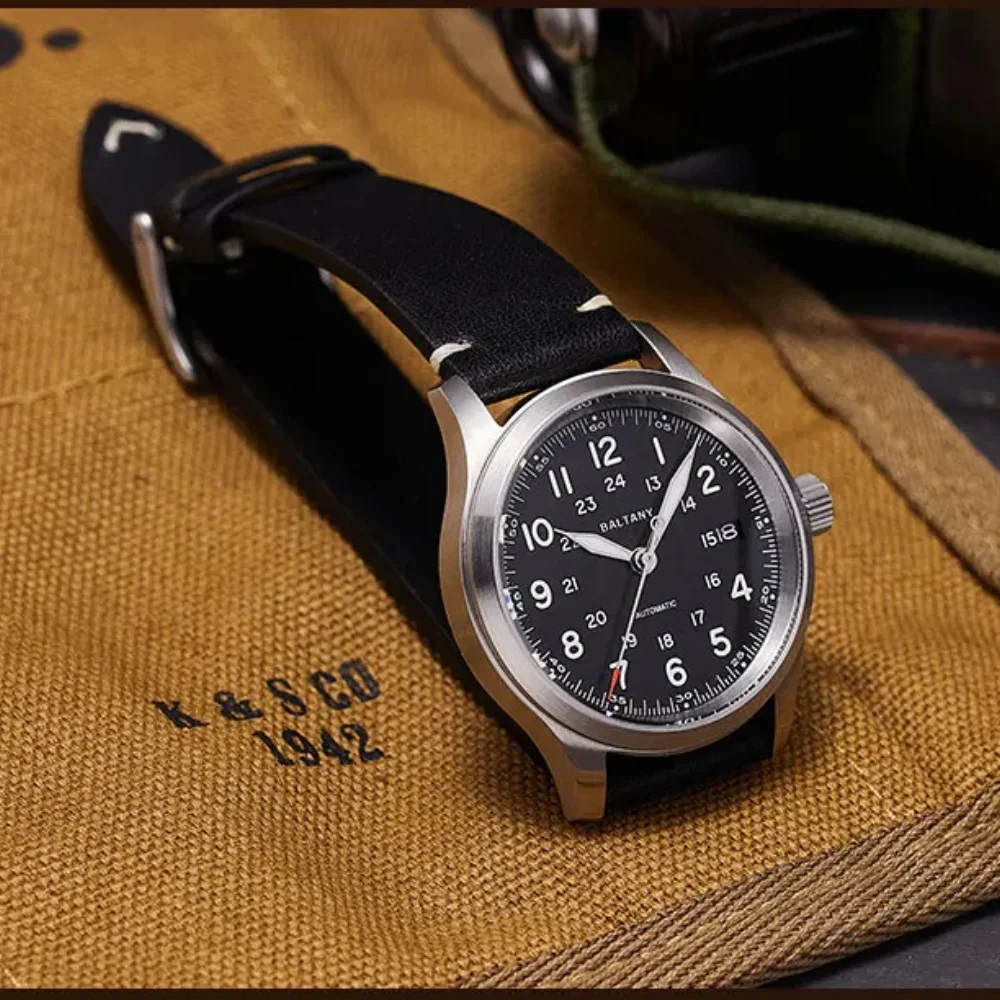
Our tactical automatic watches collection features timepieces specifically engineered with these critical elements, ensuring reliability when it matters most.
Autonomous Systems in Tactical Operations: Movement Without Human Intervention
The second interpretation of “automatic movement” involves systems that operate with varying degrees of independence in tactical environments. These range from remote-controlled platforms to fully autonomous systems capable of complex decision-making.
The Autonomy Spectrum
Tactical autonomous systems exist on a spectrum of independence:
• Level 1: Remote control with human operators making all decisions
• Level 2: Partial automation of basic functions while under human supervision
• Level 3: Conditional autonomy with human override capabilities
• Level 4: High autonomy with minimal human supervision required
• Level 5: Complete autonomy with independent decision-making capabilities
Categories of Autonomous Tactical Systems
These systems are deployed across multiple domains:
• Unmanned Ground Vehicles (UGVs) for land-based operations
• Unmanned Aerial Vehicles (UAVs) for airborne missions
• Unmanned Surface Vessels (USVs) for water-based operations
• Unmanned Underwater Vehicles (UUVs) for subsurface applications
The reliability principle that makes how long automatic watches last important in tactical timepieces applies equally to autonomous systems—both must function without failure in challenging conditions.
Core Enabling Technologies
Autonomous movement in tactical systems relies on several key technologies:
• Advanced sensor arrays for environmental awareness
• Sophisticated algorithms for navigation and obstacle avoidance
• Robust communication systems for data transmission
• Durable power systems for extended operation
• Artificial intelligence for complex decision-making
These technologies work together to create systems that can operate effectively even when communication with human operators is limited or impossible.
Strategic Advantages of Autonomous Movement in Tactical Environments
Autonomous systems provide distinct tactical advantages that have revolutionized modern operations across military and security sectors.
Risk Reduction
Perhaps the most compelling advantage is the ability to remove human operators from dangerous situations:
• Conducting reconnaissance in hostile territories without risking personnel
• Performing explosive ordnance disposal without endangering technicians
• Entering contaminated environments unsafe for human access
• Absorbing enemy fire that would otherwise target human operators
Force Multiplication
Autonomous systems significantly expand the capabilities of tactical teams:
• Allowing a small team to monitor multiple areas simultaneously
• Providing persistent surveillance beyond human endurance limits
• Covering more ground with fewer personnel requirements
• Operating in multiple domains (air, land, sea) concurrently
Enhanced Situational Awareness
The sensor capabilities of autonomous systems provide information advantages:
• Real-time intelligence gathering from multiple perspectives
• Detection of threats beyond human sensory capabilities
• Persistent monitoring without fatigue-induced degradation
• Rapid processing and analysis of environmental data
Speed and Precision
Autonomous systems can often outperform humans in specific tasks:
• Faster reaction times to emerging threats
• More precise navigation through complex environments
• Consistent performance without degradation due to stress
• Exact repetition of successful maneuvers or procedures
These advantages make autonomous systems invaluable components of modern tactical operations, complementing human capabilities rather than replacing them.
Critical Applications: Autonomous Movement Systems in Tactical Scenarios
Autonomous systems have found numerous applications across the tactical spectrum, each leveraging their unique capabilities to enhance operational effectiveness.
Intelligence, Surveillance, and Reconnaissance (ISR)
Autonomous systems excel at gathering critical intelligence:
• Long-duration aerial surveillance platforms that monitor vast areas
• Ground-based systems that can infiltrate areas too dangerous for personnel
• Maritime systems that track vessel movements and underwater activity
• Sensor networks that detect changes in operational environments
Explosive Ordnance Disposal (EOD)
Removing humans from the danger zone has revolutionized EOD operations:
• Remote investigation of suspicious packages and potential explosives
• Precise manipulation and neutralization of confirmed threats
• Transportation of explosive materials to safe disposal locations
• Post-blast forensic investigation in unstable environments
Logistical Support
Autonomous systems are transforming how supplies reach tactical teams:
• Delivery of critical supplies to isolated or besieged positions
• Evacuation of casualties from active conflict zones
• Transport of heavy equipment across challenging terrain
• Resupply operations in contaminated environments

Perimeter Security
Autonomous systems provide persistent security coverage:
• Continuous monitoring of facility perimeters
• Automatic detection and tracking of potential threats
• Coordinated response to security breaches
• Adaptive patrol patterns that prevent predictability
These applications demonstrate how autonomous movement technologies are reshaping tactical operations across numerous domains.
Comparing Movement Technologies: When Each Tactical Solution Excels
Both interpretations of automatic movement—mechanical watches and autonomous systems—offer distinct advantages in tactical environments. Understanding when each excels helps tactical professionals make informed equipment decisions.
Complementary Strengths
Automatic watches and autonomous systems often excel in opposite scenarios:
• Automatic watches function in electromagnetic environments that would disable autonomous systems
• Autonomous systems can enter areas too dangerous for human operators wearing watches
• Automatic watches require no maintenance during operations, while autonomous systems may need field servicing
• Autonomous systems can cover vastly more territory than individual operators
Our automatic field military watches collection provides reliable timekeeping solutions for operators who need independence from electronic vulnerabilities.
Integrated Operations
Many tactical teams now employ both technologies in complementary roles:
• Operators wear automatic watches as backup to electronic systems
• Autonomous platforms extend the reach and capabilities of human teams
• Watch-based timing coordinates with autonomous system operations
• Redundancy between systems provides tactical resilience
Selection Factors
When choosing between technologies, tactical professionals consider:
• Mission duration and maintenance requirements
• Environmental conditions and threats
• Electronic warfare risks in the operational area
• Required operational footprint and signature
• Available support infrastructure and resources
This balanced approach recognizes that both interpretations of automatic movement have valuable roles in modern tactical operations.
Implementation Considerations: Deploying Automatic Movement Technologies Effectively
Effective deployment of automatic movement technologies—whether watches or autonomous systems—requires careful planning and preparation.
Training Requirements
Personnel must be properly trained to maximize the benefits of these technologies:
• Proper maintenance routines for automatic watches in field conditions
• Understanding the limitations and capabilities of autonomous systems
• Emergency procedures for when systems function outside parameters
• Integration of multiple systems for coordinated operations
Maintenance Protocols
Both technologies require appropriate maintenance considerations:
• Regular service intervals for automatic watches to ensure peak performance
• Field maintenance capabilities for autonomous systems during extended operations
• Spare parts management for critical components
• Performance monitoring to detect early signs of potential failure
Our military-inspired automatic watches are designed with maintenance requirements that align with operational realities.
Integration Strategies
Maximum tactical advantage comes from thoughtful integration:
• Synchronized timekeeping across teams using compatible watch systems
• Communication protocols between autonomous systems and human operators
• Redundant capabilities to maintain function if primary systems fail
• Clear chains of command for autonomous system oversight
These considerations ensure that automatic movement technologies enhance rather than complicate tactical operations.
Military Inspired Automatic Watches, Rugged Automatic Watches, Tactical Automatic Watches
Price range: $852.14 through $994.60 Select options This product has multiple variants. The options may be chosen on the product pageBronze Automatic Watches, Military Inspired Automatic Watches, Professional Spec Dive Watches
Price range: $1,442.21 through $1,442.82 Select options This product has multiple variants. The options may be chosen on the product pageClassic Pilot Watches, Military Inspired Automatic Watches
$561.00 Select options This product has multiple variants. The options may be chosen on the product pageRugged Automatic Watches, Unique Automatic Watches
Price range: $228.96 through $231.10 Select options This product has multiple variants. The options may be chosen on the product pageClassic Field Watches, Military Inspired Automatic Watches
Price range: $280.87 through $338.51 Select options This product has multiple variants. The options may be chosen on the product pageAutomatic Skeleton Watches, Military Inspired Automatic Watches, Unique Automatic Watches
$191.88 Select options This product has multiple variants. The options may be chosen on the product page
The Future of Automatic Movement in Tactical Applications
As technology advances, both interpretations of automatic movement continue to evolve, offering new capabilities and applications for tactical professionals.
Emerging Innovations
Watch technology is experiencing a renaissance of innovation:
• New alloys and materials that enhance durability and performance
• Improved power reserve capabilities for extended operation
• Advanced shock absorption systems for extreme conditions
• Hybrid systems that combine mechanical reliability with limited electronic functions
Similarly, autonomous systems continue to advance rapidly:
• Improved artificial intelligence for better decision-making
• Enhanced energy efficiency for longer operational duration
• Better sensors for more accurate environmental awareness
• Advanced materials that reduce weight while increasing durability
The timeline of tactical field watch innovation demonstrates how these technologies have continuously adapted to meet evolving operational needs.
Convergence of Technologies
Perhaps most interesting is the growing convergence between these previously separate domains:
• Mechanical watches with passive sensors that require no power
• Autonomous systems with mechanical backup systems for critical functions
• Shared design philosophies emphasizing reliability and durability
• Complementary capabilities that address each other’s limitations
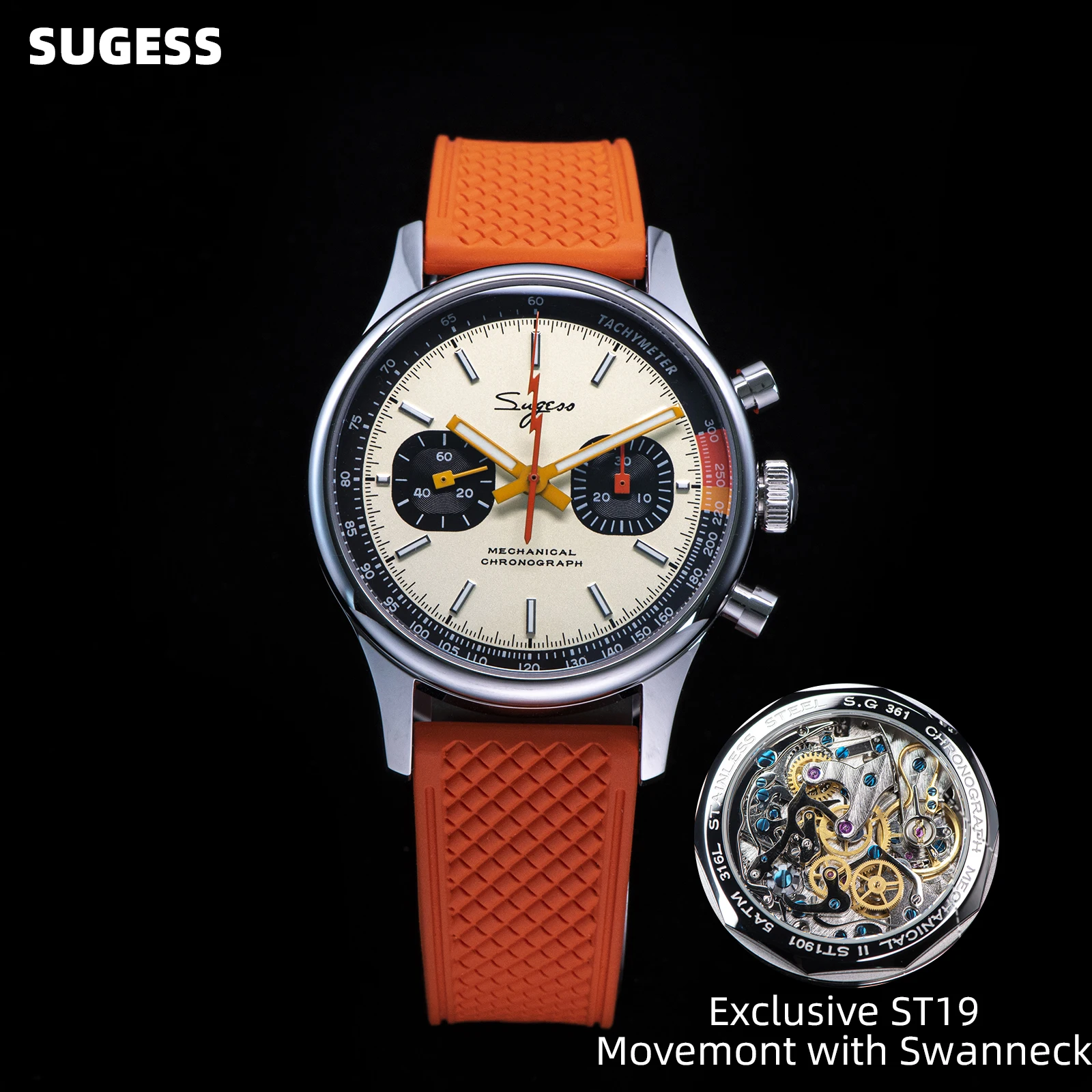
Our collection of rugged automatic watches embodies this philosophy of reliability first—a principle that applies equally to autonomous systems designed for tactical use.
This convergence suggests a future where tactical professionals benefit from the best aspects of both technologies: the unfailing reliability of mechanical systems combined with the extended capabilities of autonomous operation. As these technologies continue to evolve, their value in tactical applications will only increase, providing ever-greater advantages to those who depend on them in critical situations.


